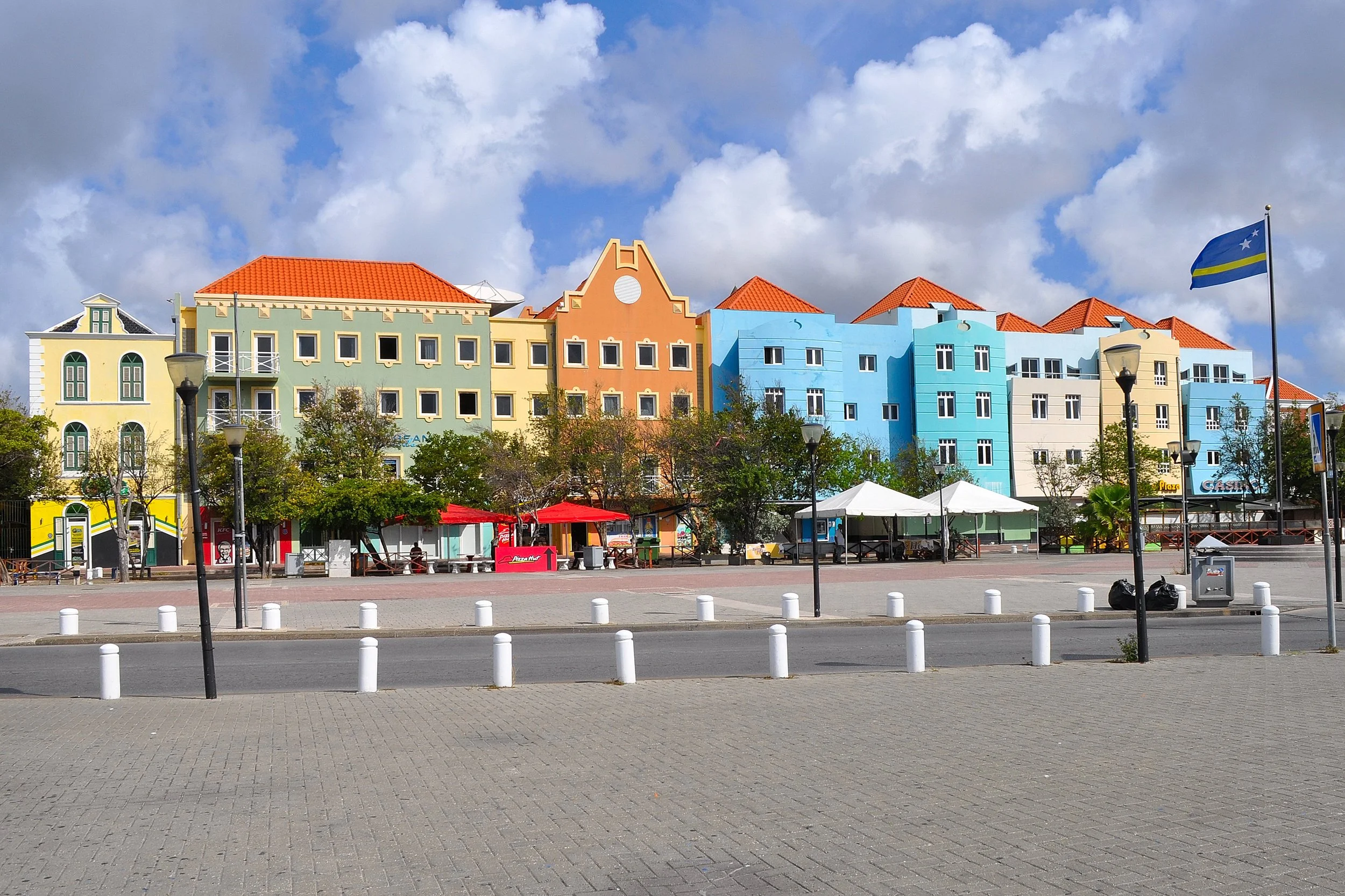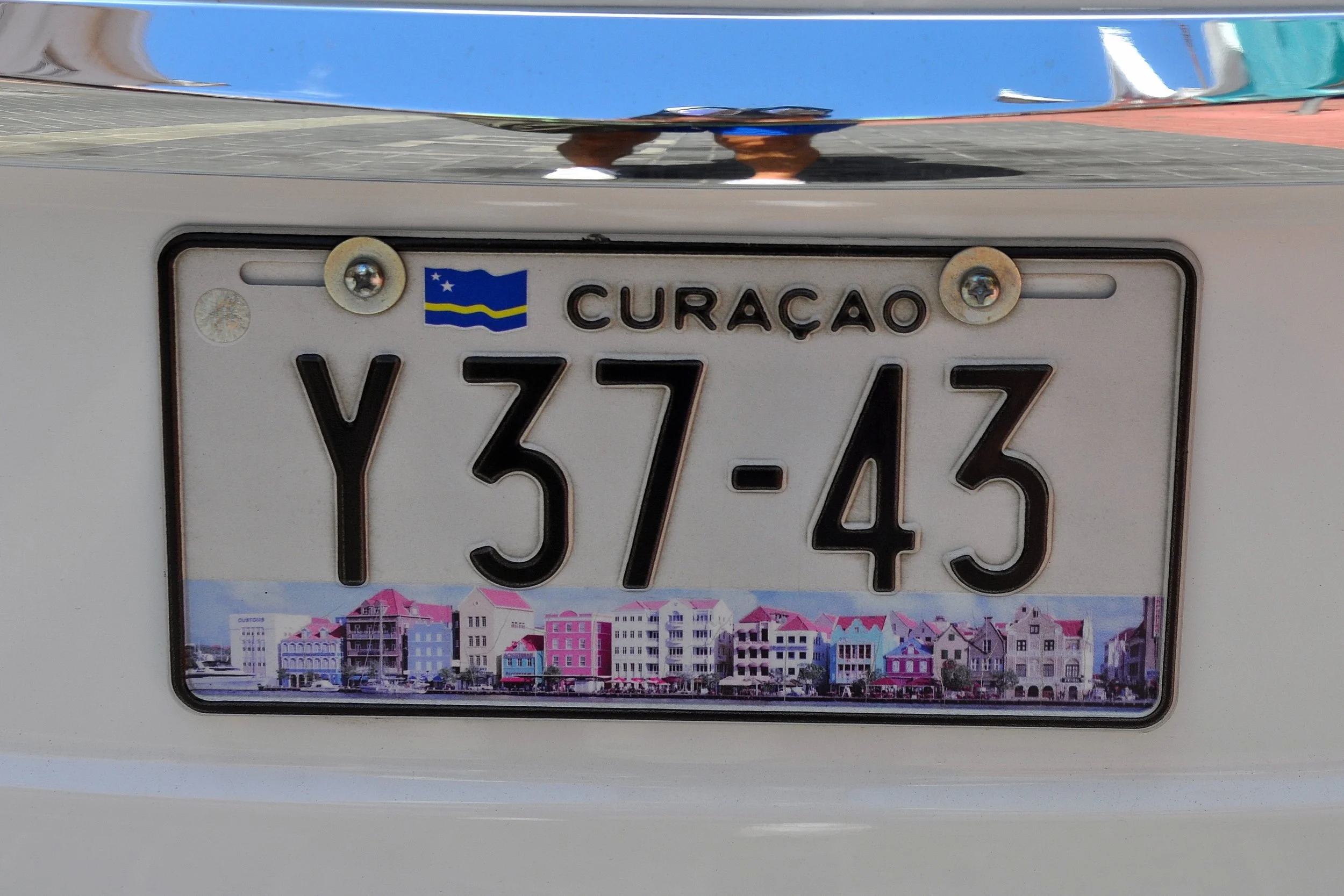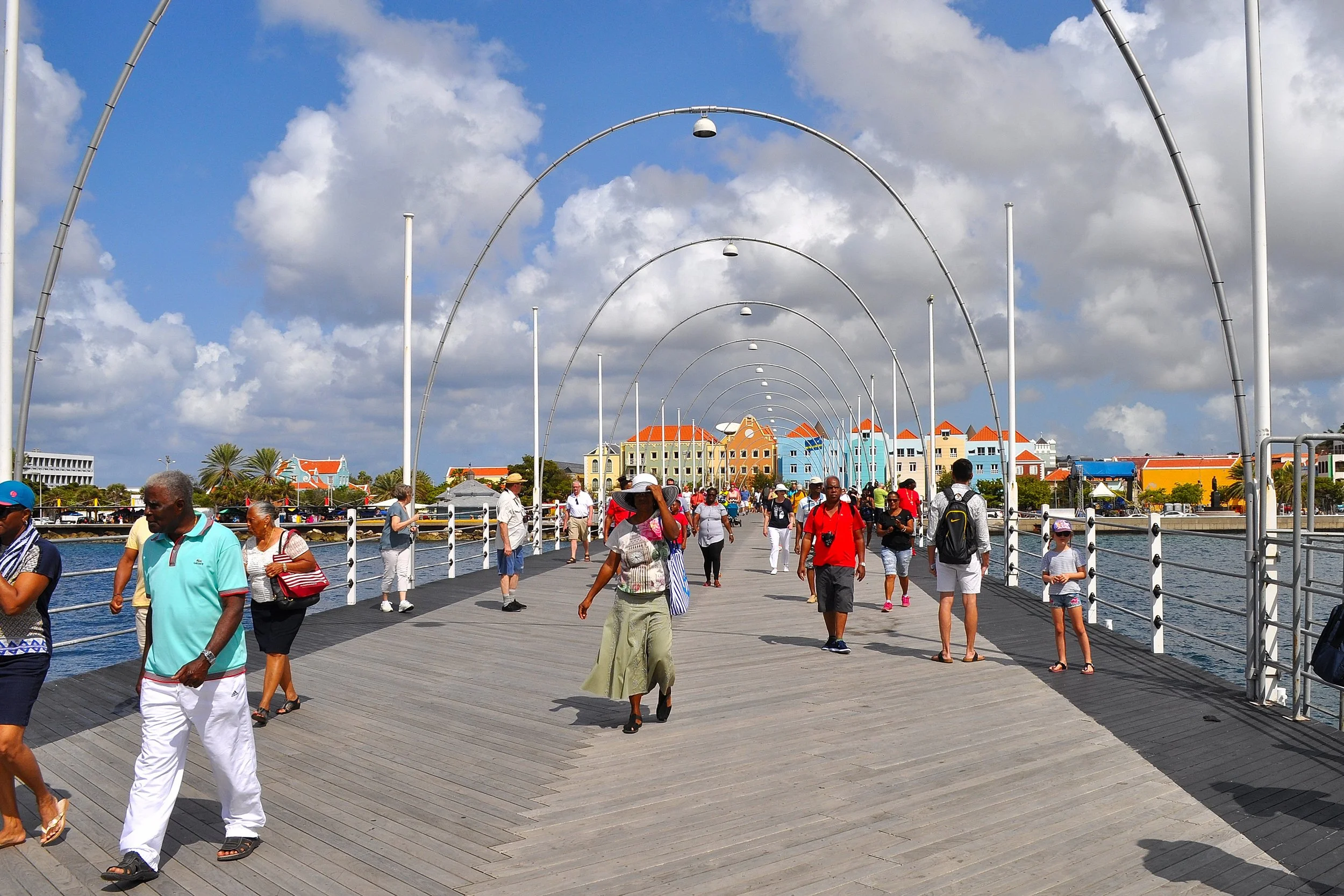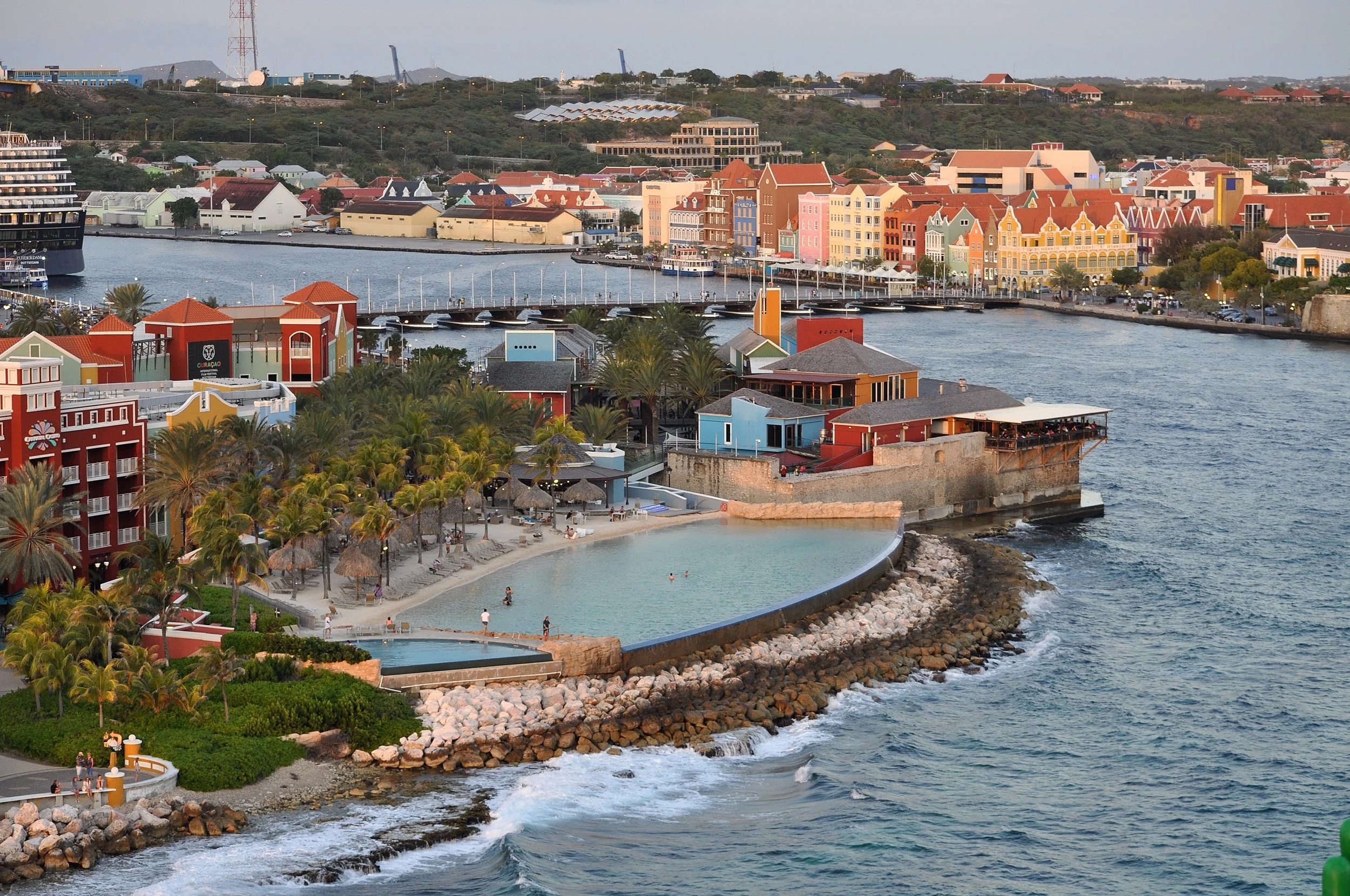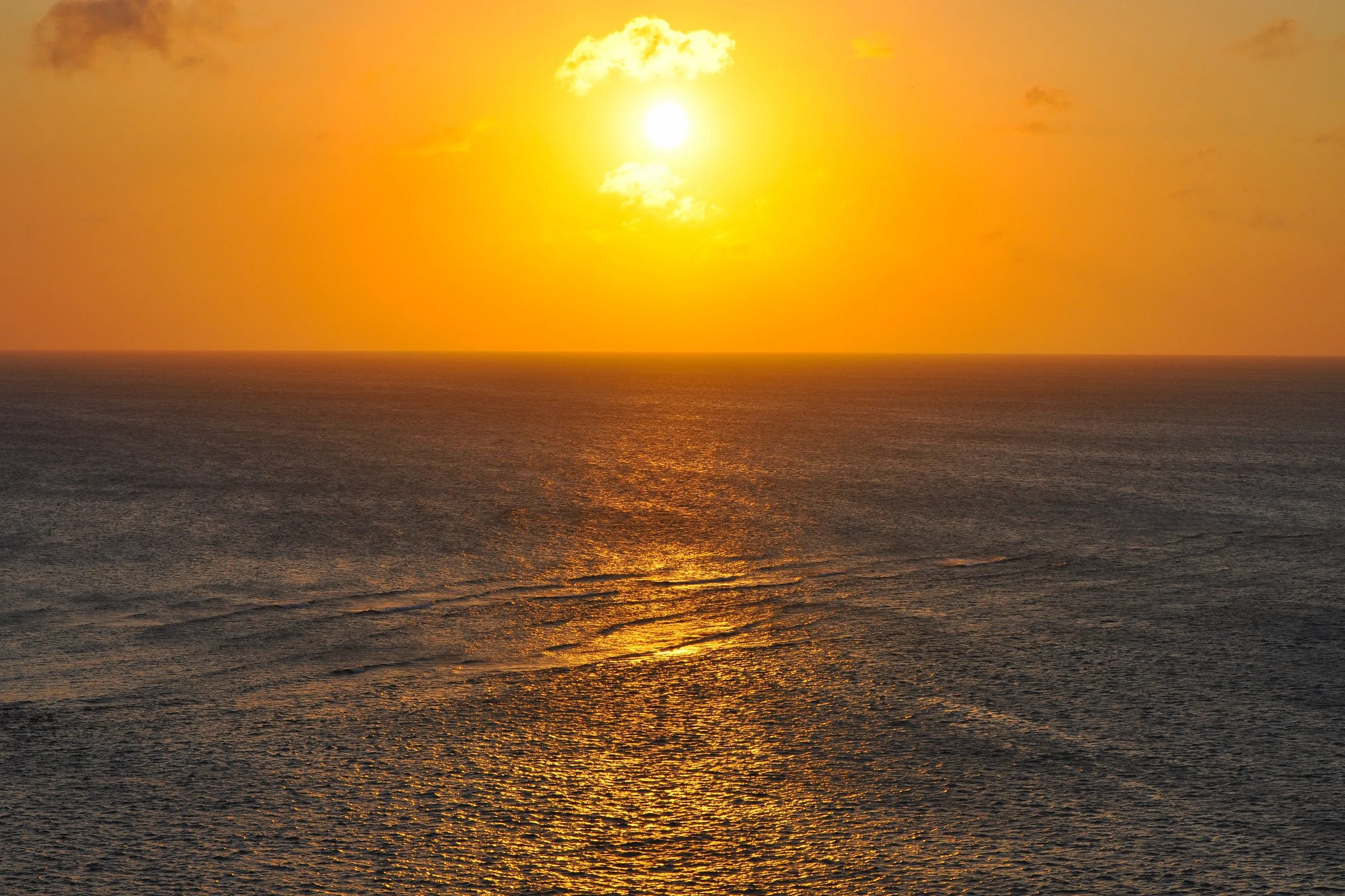Curaçao: the color of the Caribbean
Angela: the sun rises as the ship enters the port of Willemstad, the capital of Curaçao. The pastel-colored houses reflecting on the water look like they’ve come straight out of a postcard — pink, yellow, sky blue, lime green. It’s as if the Netherlands had placed its architectural heart in the tropics.
Piero: Curaçao is the largest of the three islands, stretching about 60 kilometers in length. Its history is a mosaic of peoples and influences, just like the colors of its façades.
Angela: it all begins with the Arawak natives, who lived here for centuries before the arrival of the Europeans. Then, in 1499, the Spaniards led by Ojeda and Amerigo Vespucci landed on the island and added it to their colonial empire.
Piero: but in the 17th century, the Dutch arrived, conquered Curaçao, and turned it into one of the most important trading centers in the Caribbean. It became the base of the Dutch West India Company — a strategic hub for commerce and, unfortunately, for the African slave trade.
Angela: reminders of that period still stand today, like the imposing Fort Amsterdam, built in 1635 and now home to the governor, and the Otrobanda district, once inhabited by freed slaves.
Piero: over the centuries, the island became a crossroads of cultures — African, European, and South American. From this blend was born Papiamento, the local creole language, a mix of Dutch, Spanish, Portuguese, and African words.
Angela: but Curaçao is not just about history. It’s also about art, music, and color. Willemstad is a small urban gem, recognized as a UNESCO World Heritage Site. Walking along the Queen Emma Bridge, the floating bridge that connects the districts of Punda and Otrobanda, is a unique experience — it opens and closes to let ships pass, like a great curtain rising over the sea.
Piero: Punda is the colonial heart of the city: narrow streets full of shops, squares with local markets, and Dutch-style buildings painted in vibrant colors. Handelskade, the row of houses along the canal, is the island’s most iconic image.



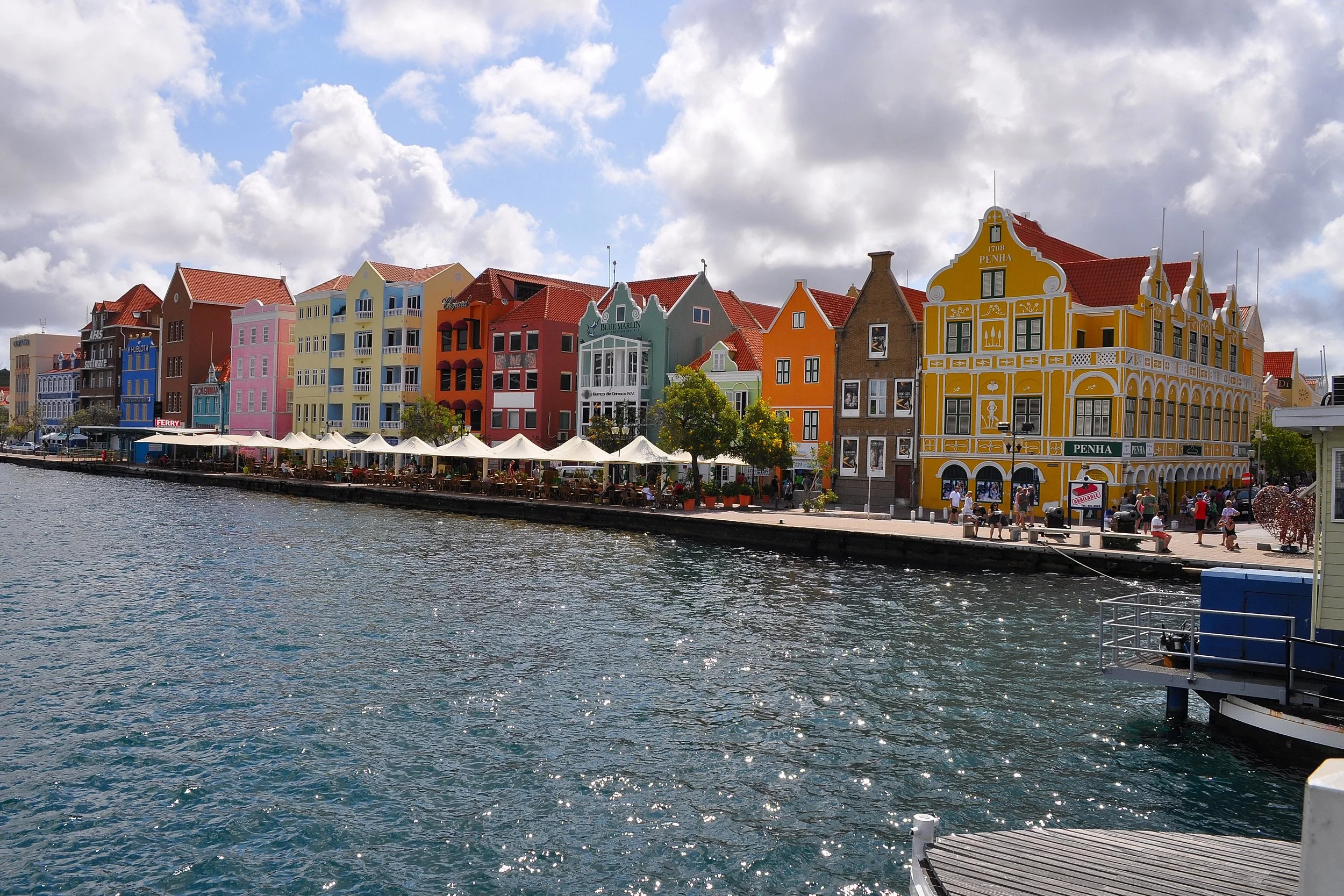


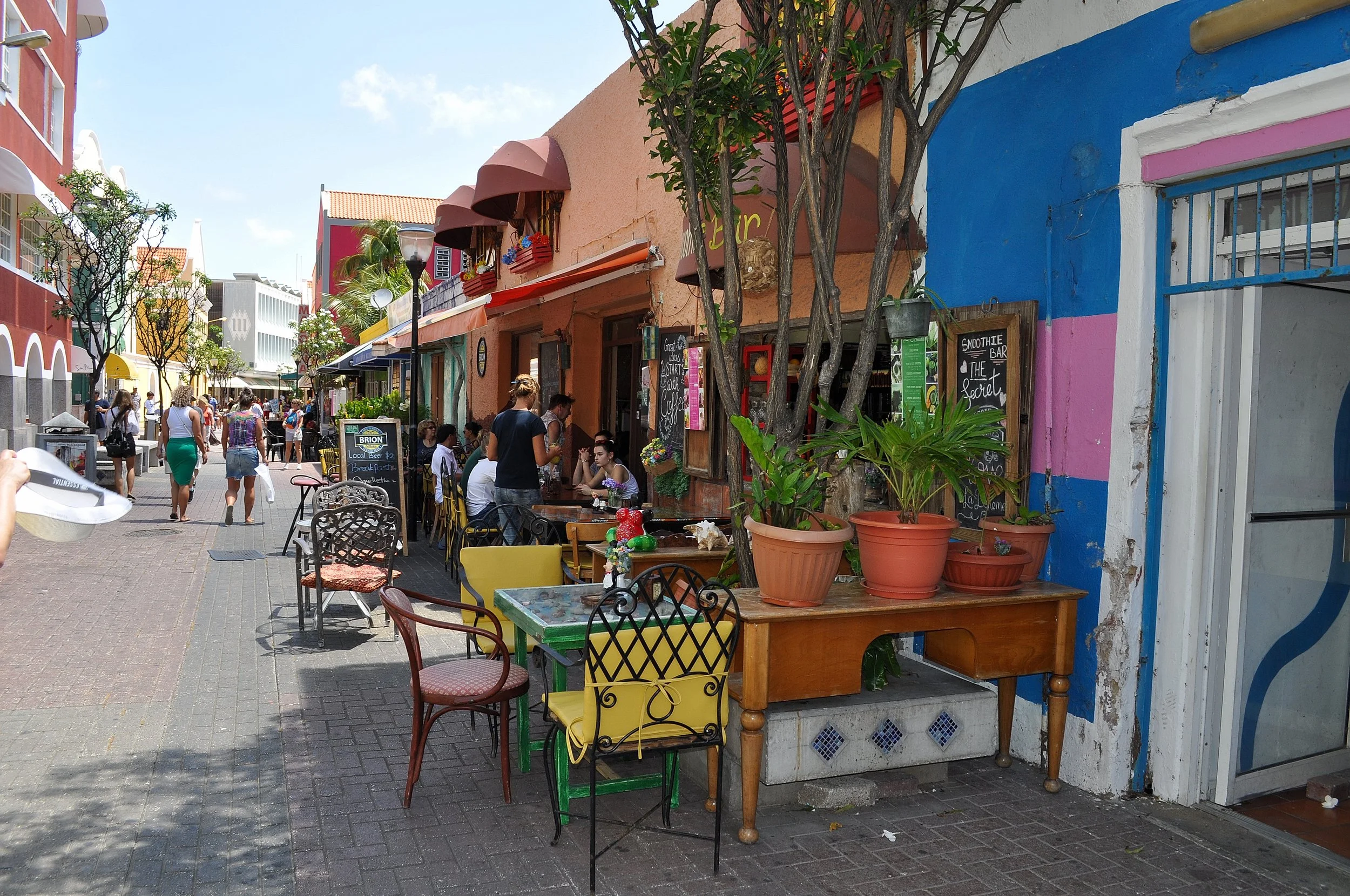

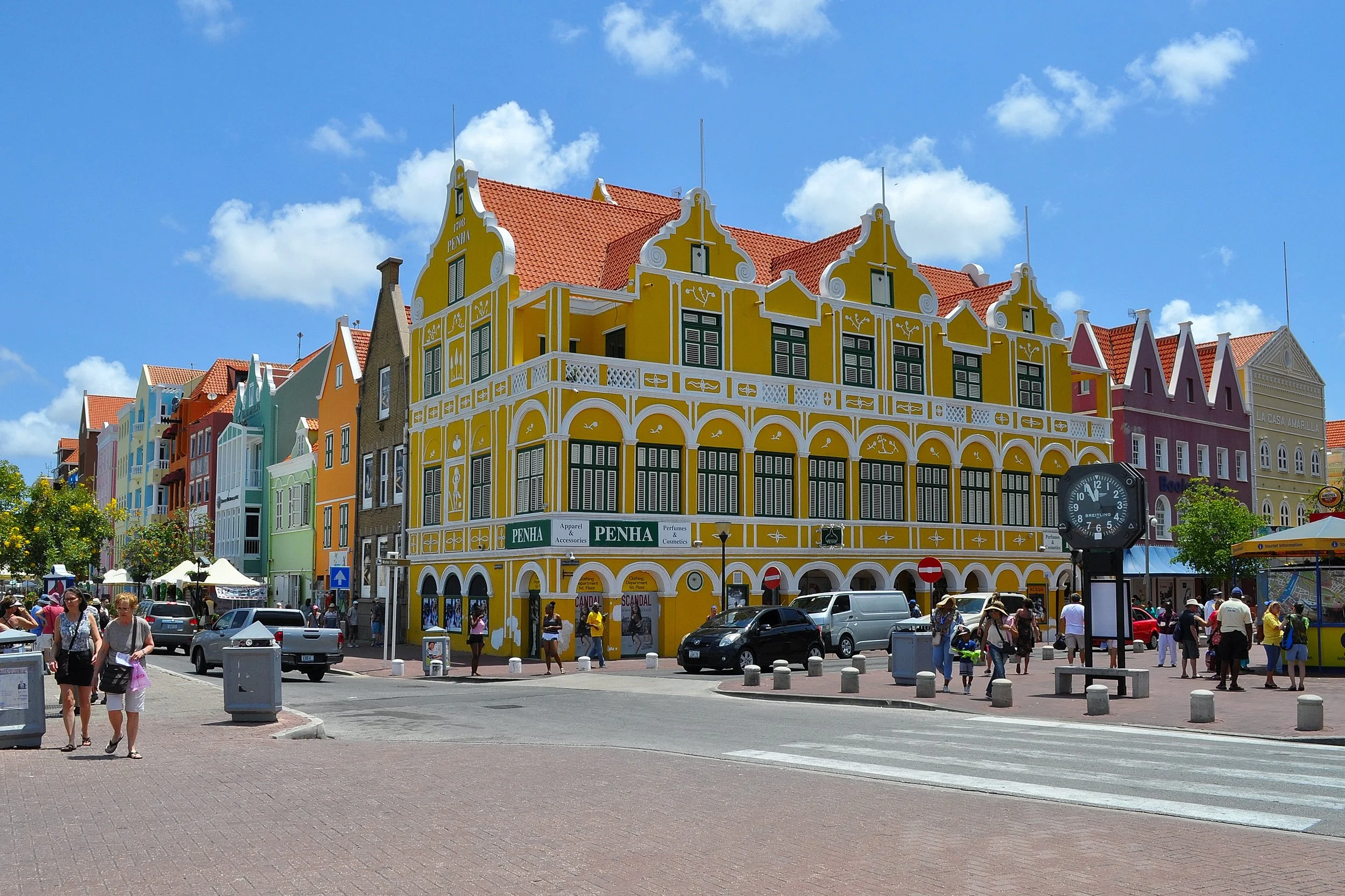

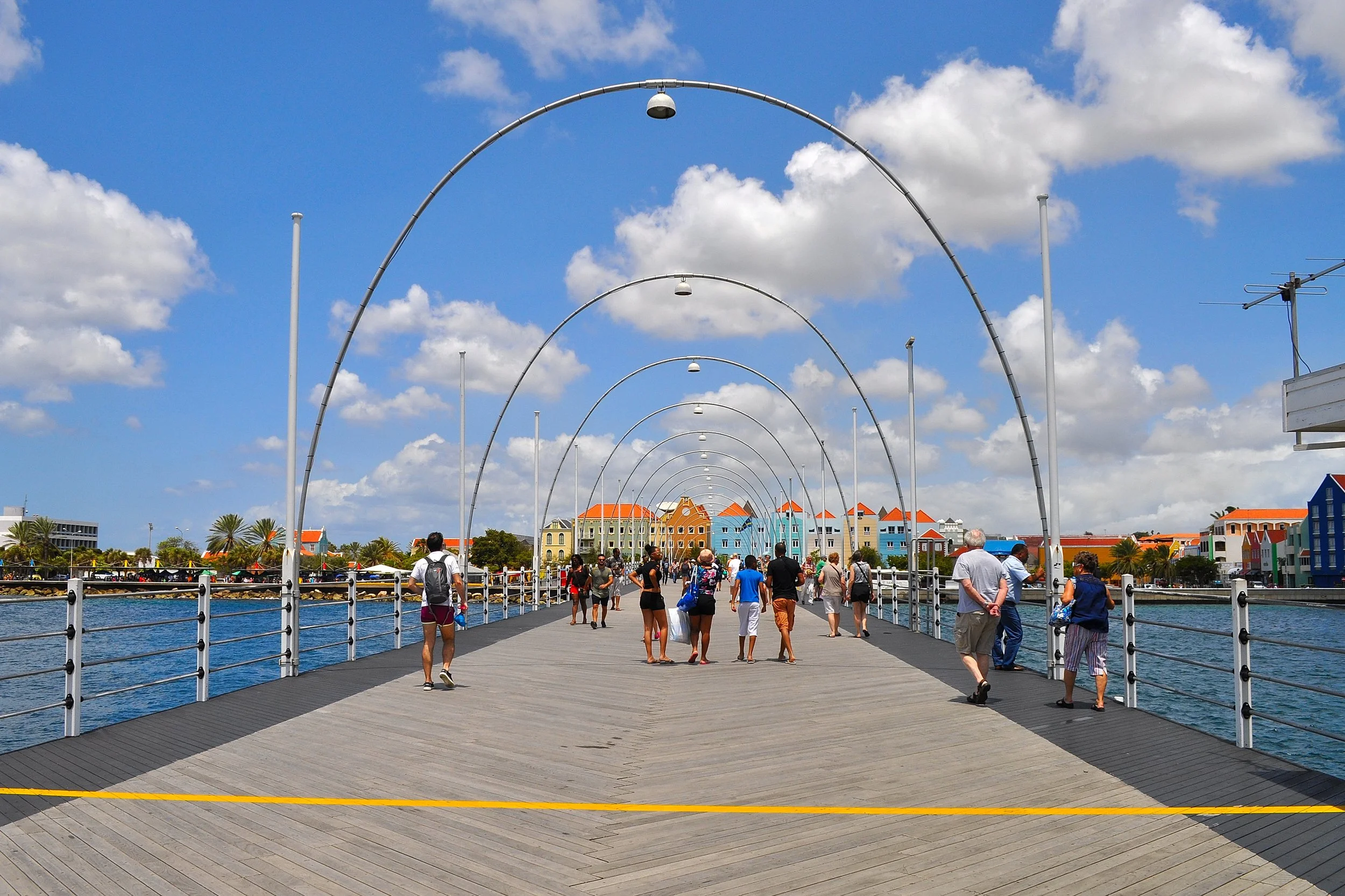
Angela: we stop at the Floating Market, where boats from Venezuela sell fresh fruit and fish directly from the water. It’s a place where you can feel the authentic soul of the Caribbean, full of scents and smiles.
Piero: in the afternoon, we leave the city to explore the island’s natural side. We reach Christoffel National Park, where hills rise up to 375 meters and cacti alternate with baobabs and wild orchids. From the top of Mount Christoffel, the view over the island is spectacular.
Angela: on the way back, we stop at the Hato Caves, rich with stalactites and ancient Arawak graffiti. Then, inevitably, we end up at the sea: Playa Kenepa Grandi, one of the most famous beaches, with waters of an almost unreal blue.
Piero: Curaçao is also a symbol of creativity. Local artists decorate walls with vibrant murals, and even the bottles of the famous blue liqueur — the legendary Blue Curaçao — seem to capture the color of the sea.
Angela: in the evening, when the lights of Willemstad reflect on the water, everything becomes magical. The city seems to dance, as if telling its long history with a sweet and cheerful melody. Discover more in this video:
Piero: each island has shown us a different face of the Caribbean. Aruba with its energy and endless beaches, Bonaire with its protected nature and the quiet of the sea, Curaçao with its culture, colors, and lively spirit.
Angela: three sisters united by transparent waters and a shared history, yet each with a distinct personality. Together, they form the heart of the Dutch Antilles, an archipelago where Europe meets America, nature meets history, past meets future.
Piero: traveling through these islands is like crossing three different worlds that perfectly complement each other.
Angela: and as the ship sets course northward, we realize that what remains is not just the beauty of the sea, but the feeling of having touched a place where life flows slower, smiles come naturally, and every sunset feels like a farewell.
Piero: the sea closes behind us, but the ABC Islands stay within us, like three bright points in the middle of the ocean, ready to remind us that happiness is sometimes made only of light, wind, and horizon.

